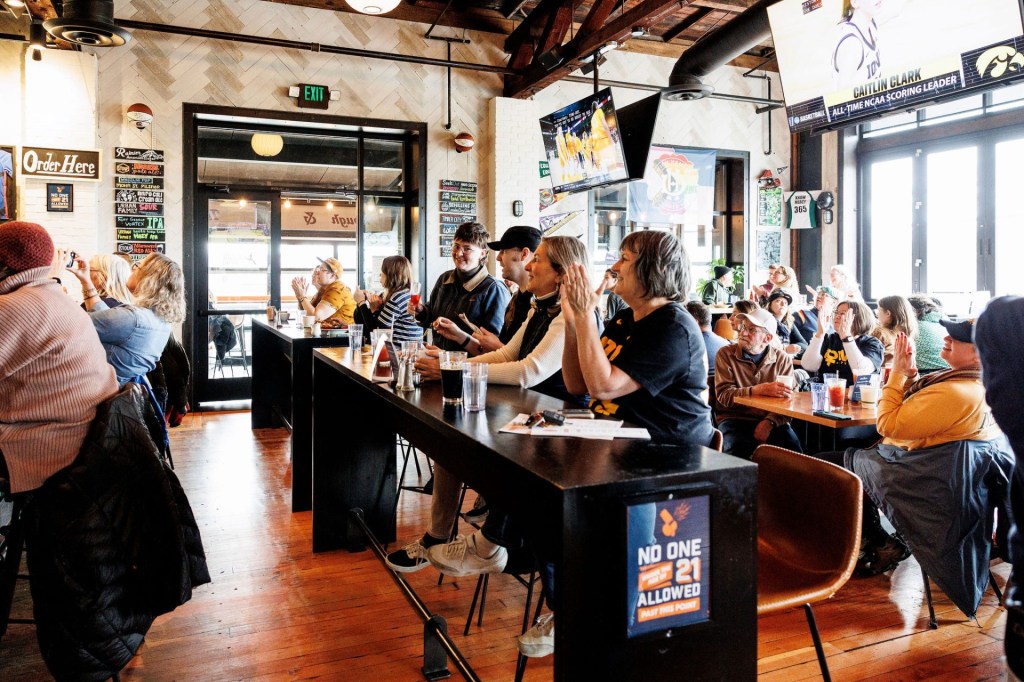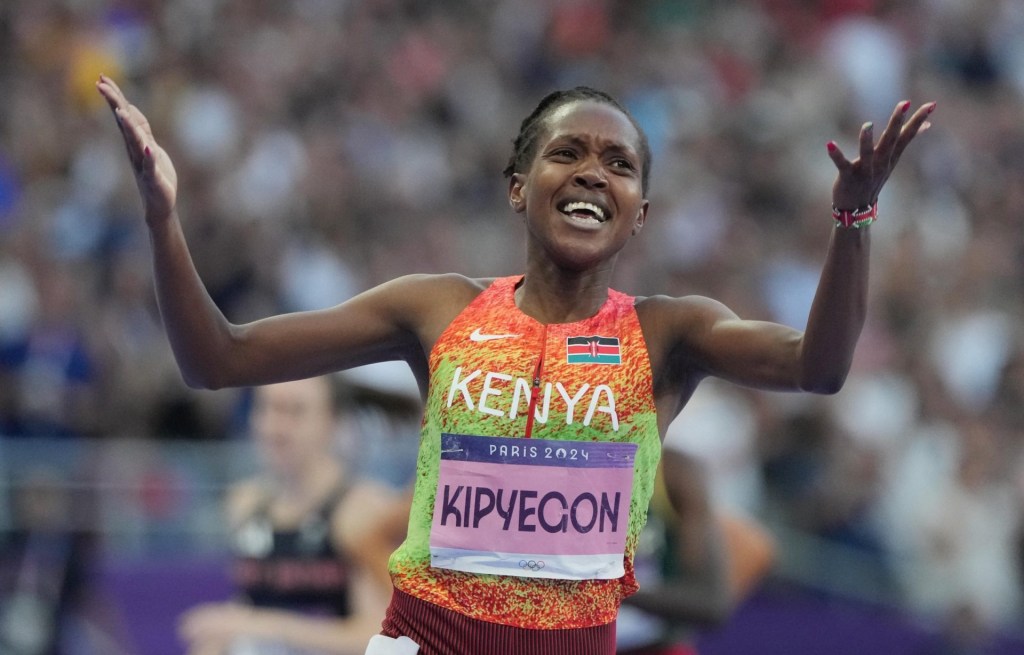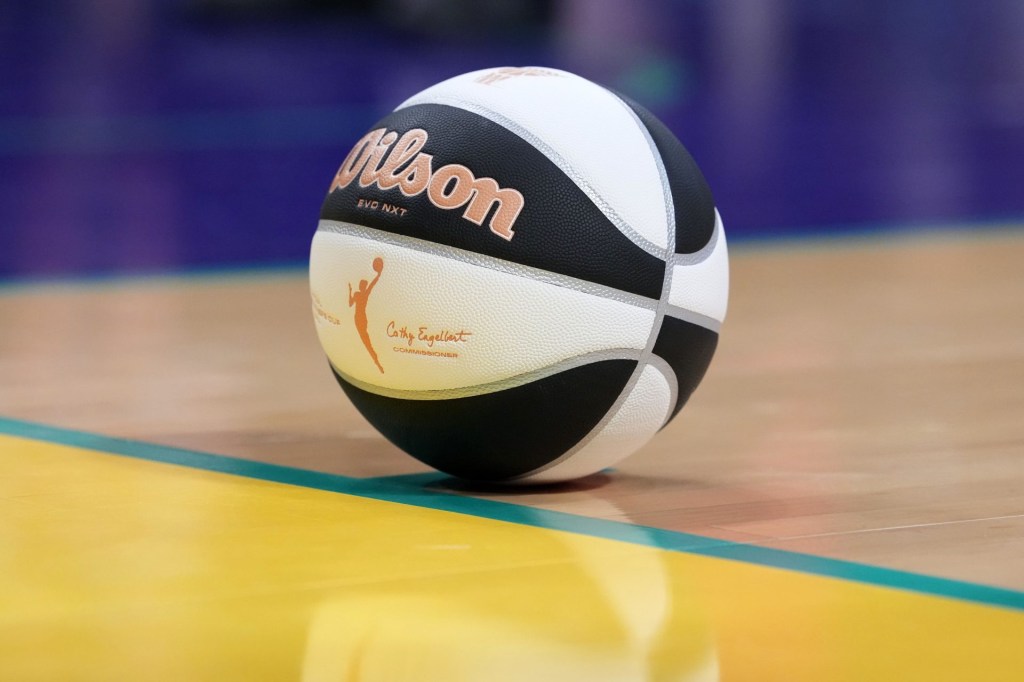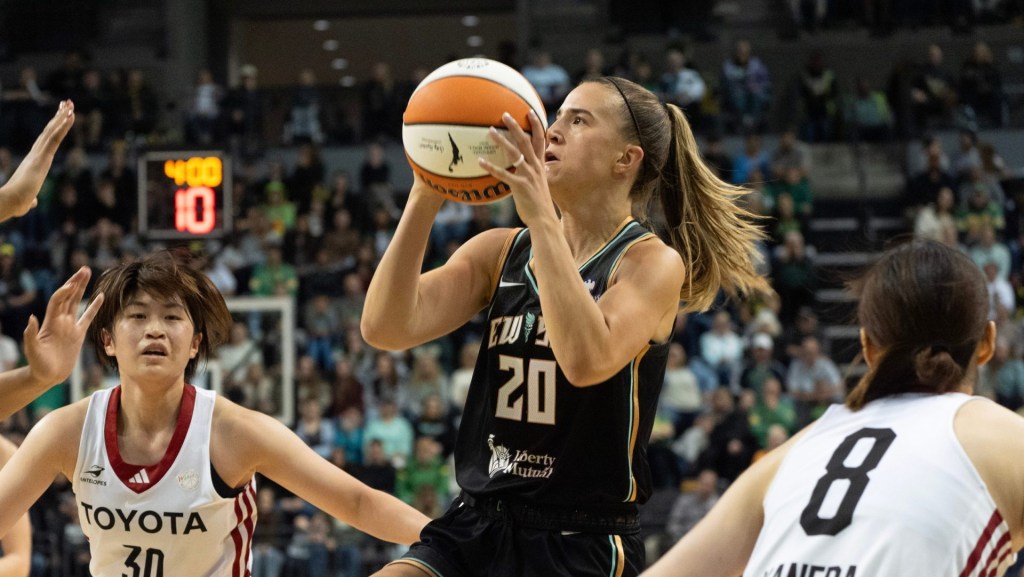Five nights a week in northeast Portland, Ore., The Sports Bra welcomes customers to watch women’s sports—and solely women’s sports. Owner Jenny Nguyen says the pioneering establishment, opened in 2022, made $1 million in revenue in its first eight months, a figure she adds has “consistently grown” year over year.
The Sports Bra—the inaugural bar dedicated to showing only women’s sports—has performed so well that it’s become the first business of its kind to receive venture capital support in the form of a partnership with Reddit cofounder Alexis Ohanian and his 776 Foundation. In June, the bar announced it would use this capital influx to open expansion franchises in Boston, Las Vegas, Indianapolis, and St. Louis.
Women’s sports bars are opening in increasing numbers across the country. A March NBC News analysis showed that the number of these tailored establishments in the U.S. is expected to reach 25 by the end of the year, up roughly 300% from 2024. In 2021, none existed.
Front Office Sports spoke with a half-dozen women’s sports bar owner-operators, all of whom say they see a massive opportunity in the ongoing expansion and growing fandom of women’s sports. And 2025 research suggests that women’s sports fans are more engaged than general sports fans on several fronts, including online content consumption, in-person game attendance, and merchandise purchasing.
Some bars are exceeding expectations and finding crucial sources of funding. But overall, these bars have often struggled to secure external capital, whether from banks, individuals, or groups.
Each owner who spoke to FOS had varying levels of experience in the bar and restaurant space and different relationships to women’s sports before opening their establishments: Some were longtime chefs, some were longtime athletes, others were both. However, they all encountered the same problem: Lenders did not want to loan them money.
Even Nguyen said all of her initial small-business loan applications for The Sports Bra were denied on account of novelty. “This was a concept that had literally never been done before,” she explains. “It was super high-risk in lenders’ minds.”
These proprietors have come up against the barrier of lenders’ general reservations to finance a business in the low-margin, high-turnover hospitality industry, but they’re also fighting the ongoing, well-documented struggle for young, female entrepreneurs to secure funding.
“Such a small percentage of traditional funding for any kind of start-up goes to women, and then the restaurant industry is notoriously challenging on top of that, so we’re all just up against a lot from the start,” says Jen Barnes, owner of Rough & Tumble Pub in Seattle, the second women’s sports bar in the U.S. She added that most banks she approached were “categorically uninterested” in funding her concept when she was applying for loans in 2022.
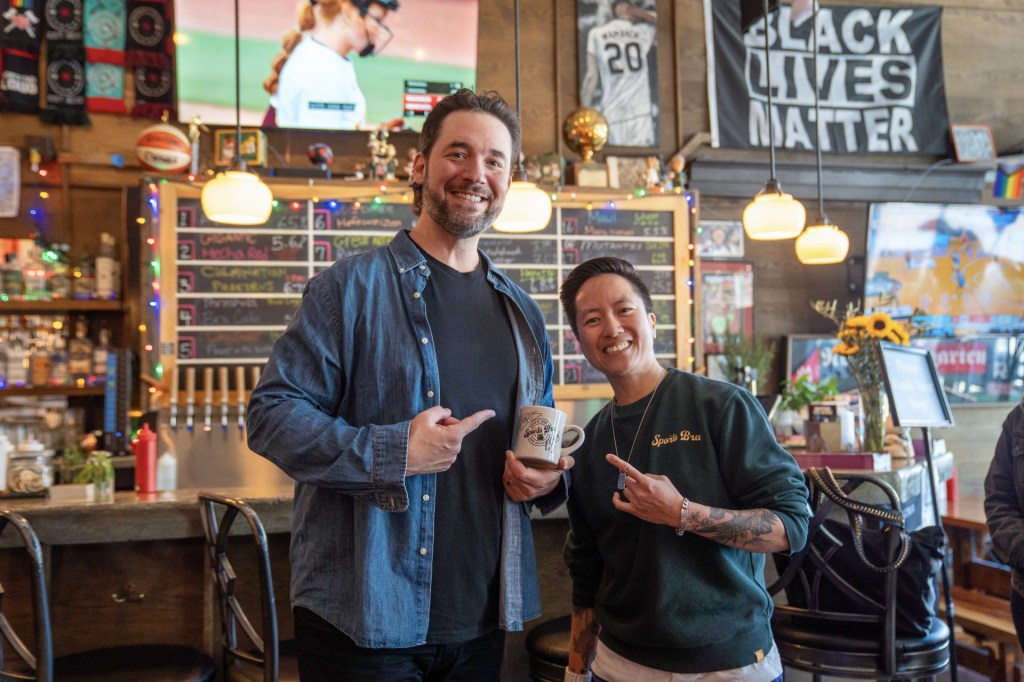
Even though women’s sports fandom has surged in the three years since Nguyen and Barnes opened their respective doors—and even though both venues have performed well to date—newcomers are still running into less-than-enthused lenders. Monica Brady, who is currently in the process of opening a women’s sports bar in Kansas City, Mo., called The Dub, says she was turned down by three different lenders in the past 12 months, with each citing general industry risk and proof-of-concept concerns.
To supplement their businesses, every owner FOS spoke with reported tapping into personal funding sources, including life savings, retirement funds, and investment accounts. Crowdfunding is also a popular strategy, though results have been mixed.
Jillian Hiscock said her 2023 crowdfunding effort to open A Bar of Their Own in Minneapolis raised more than $200,000 via roughly 1,000 donations from people across 48 states and four countries, which she was able to put toward staff training, initial inventory purchases, and the bar’s physical build-out. Other establishments implementing crowdfunding to get their establishments off the ground today, however, are yielding much smaller sums: Brady says The Dub’s campaign has raised only $15,000 thus far, 25% of its goal.
While expanded media-rights deals for major leagues such as the WNBA and NWSL have enabled owners to more easily stream games, many of them also note that accessing live women’s sports programming is still a cumbersome and expensive proposition.
“Traditional sports bars can just turn on their cable subscription, add a few sports portfolios, and be done with it,” said Barnes of Rough & Tumble. “We have no choice but to resort to a never-ending array of subscriptions. [Streaming live women’s sports] also often requires different technology and higher-speed internet, both of which increase our costs as well.”
Additionally, because women’s sports fandom is still very much in its infancy, viewership—and by default, women’s sports bar patronage—is largely driven by the ebb and flow of marquee events. Think the WNBA Finals, the Women’s College World Series, Women’s World Cup, etc. Varying viewership among leagues also means owners have had to get creative to entice customers through their doors on non-must-see-TV nights.
Hiscock says A Bar of Their Own has found success by partnering with colleges in the Minneapolis area to put on watch parties for the local women’s teams. Meanwhile, Debra Hallum of The 1972 in Austin, which opened in March, plans to host rotating “clinics” where experts will drop in and coach patrons on the history and rules of various, lesser-known women’s sports, like rugby.
Evert Gruyaert, restaurant and food services leader at Deloitte, agrees these bars have market opportunity if they can fully tap into the hyper-engaged women’s sports fandom. “Given their typical customer, merchandise, and memorabilia have the potential to be major additional revenue streams for this type of business,” he says. “And if they integrate themselves into game-day activities in their communities, like by acting as a kind of designated pre- or post-game fan clubhouse, they’re going to find a lot of very loyal customers.” (Most owners tell FOS that they already have—or are currently in talks to—acquire such distinctions from their local women’s sports teams.)
The growth of women’s sports has put plenty of these women’s contests on the screens of traditional bars, too. It’s the job of women’s specialty bars, then, to create an environment that feels markedly different.
Owners insist they have. “Sports bars have a reputation for being small and dark and dingy, so we wanted to challenge that,” says Barnes. “[Rough & Tumble] has high ceilings and huge windows that let a lot of light in. We have brighter colors on the walls. Our goal with the design was to make people feel as welcome and comfortable as possible.”

“The fact that these bars are positioning themselves as destinations for a type of content or programming rather than as a place for hard drinking is super important,” adds Emily Durham, food and beverage advisory leader at JLL.
Entering the food and beverage industry for any business—no matter how much market white-space there appears to be—is difficult. But it’s a good sign, says Durham, that a handful of women’s sports bars have already exceeded the average industry lifespan, which is 18 months. Another positive indicator for the sector’s potential longevity is the fact that its oldest participant—Portland’s The Sports Bra—is among the most successful.
The Sports Bra’s franchising announcement is the sector’s most legitimate proof of concept to date, and Durham notes it “will undoubtedly make things easier” for existing or yet-to-exist women’s sports bars looking to secure future traditional funding.
Additionally, more and more female athletes are becoming active investors in off-the-field ventures. Although no new outside investments have come through, the potential pool of financial backers for women’s sports bars may get bigger, owners believe, especially with their establishments increasingly posting solid revenue numbers and pushing into new markets.
Rough & Tumble’s Barnes says she is in “constant” conversations with current and former athletes about expansion plans, adding that “there’s no better match for the future of the women’s sports bar sector than by partnering with the women who’ve built the on-field product.”
Still, investment and general survival are not guaranteed. Not every women’s sports bar will find its Ohanian or be able to bootstrap until they reach solvency. In many ways, these establishments are no different than the all-purpose pubs down the street trying to stake their claims. And existential threats always loom large in the hospitality industry—no matter what’s on TV.


